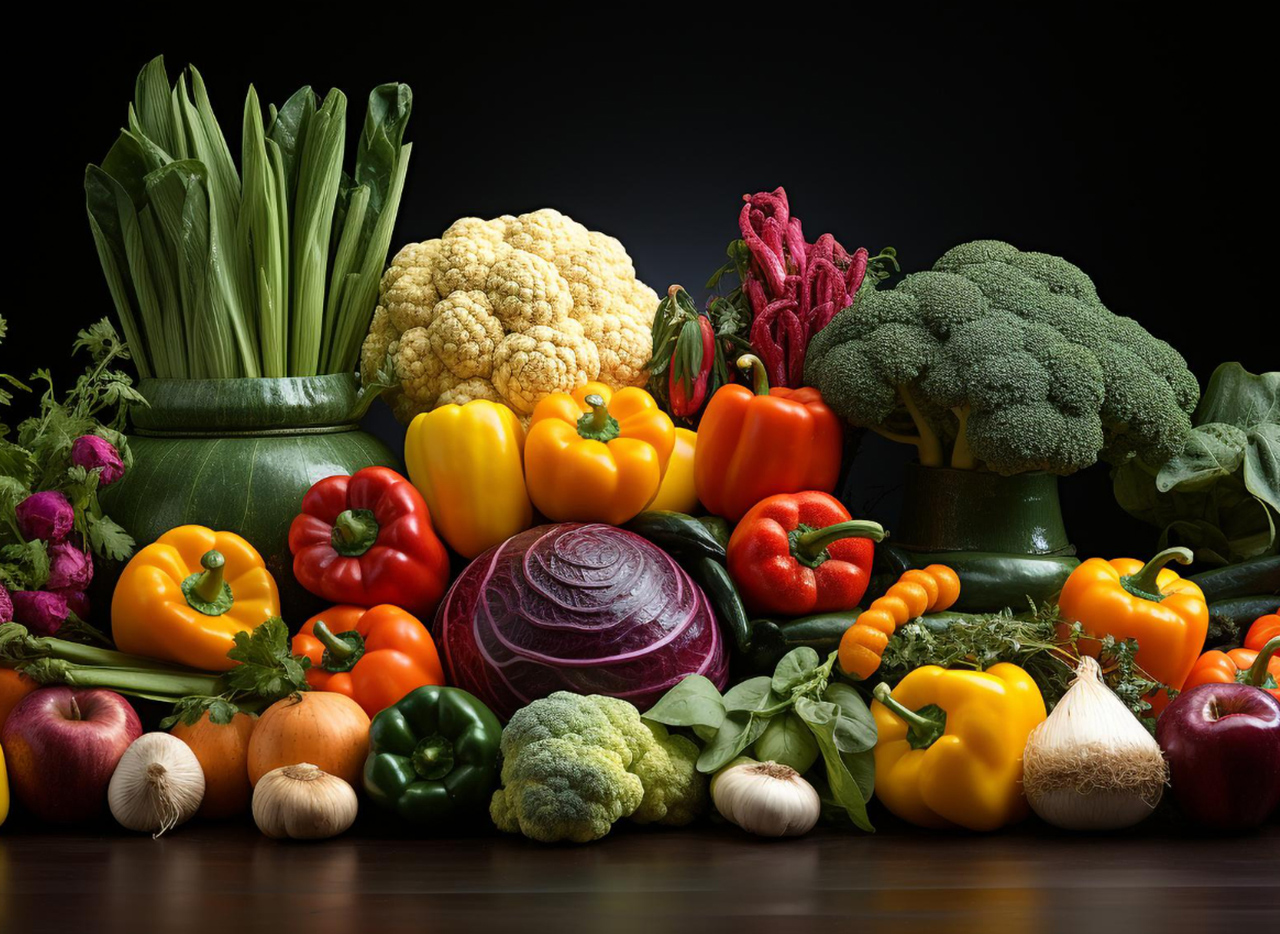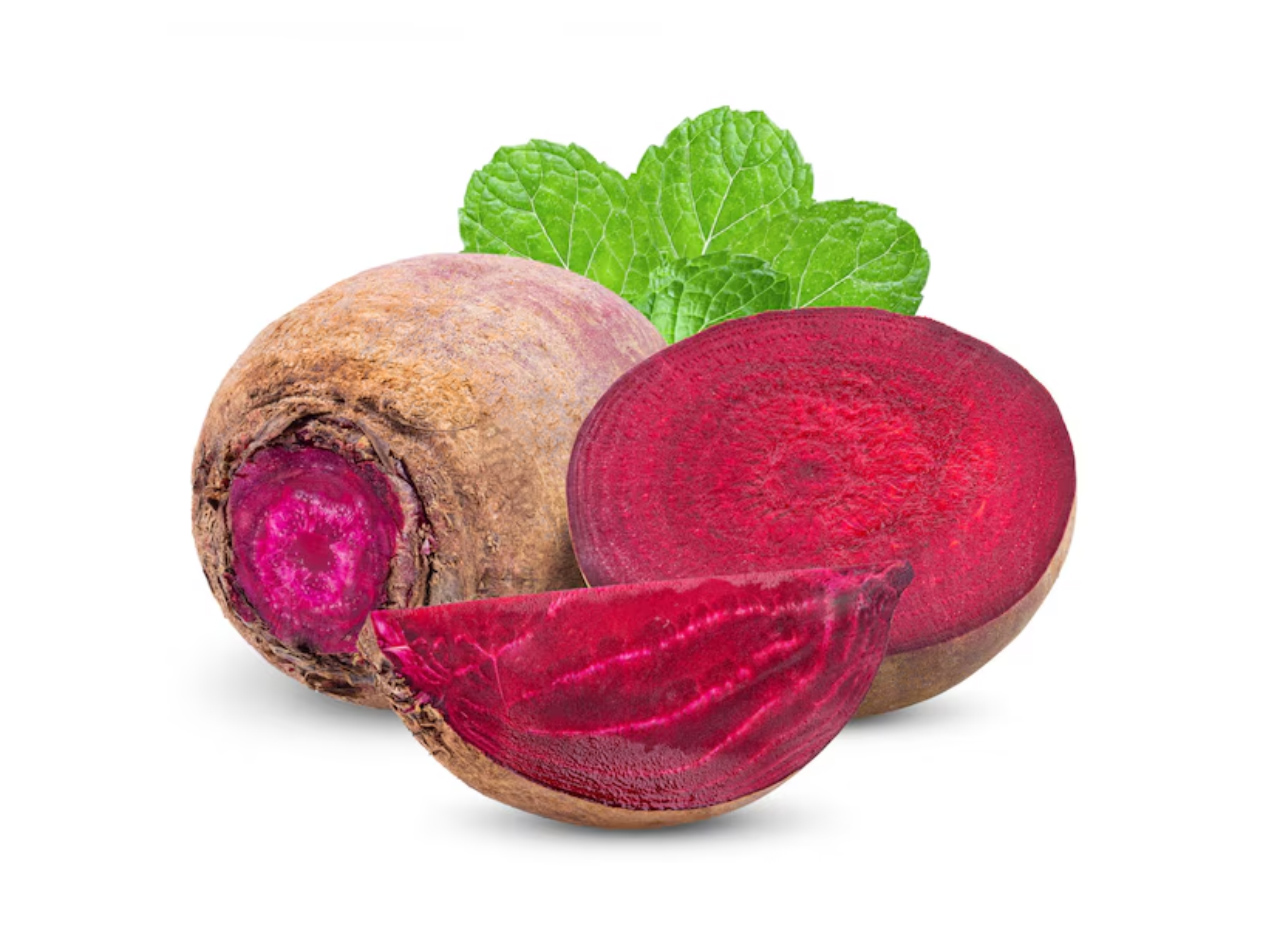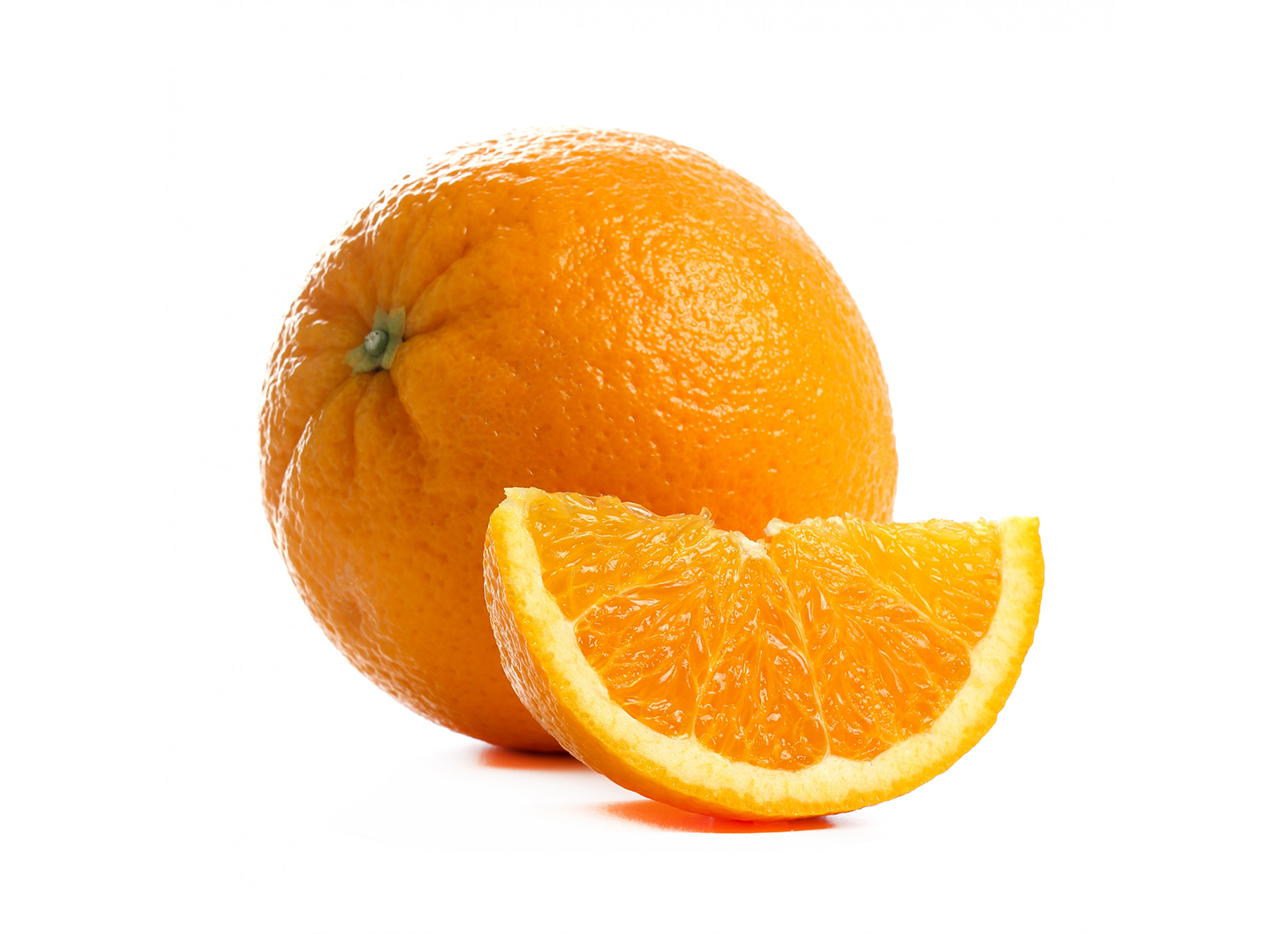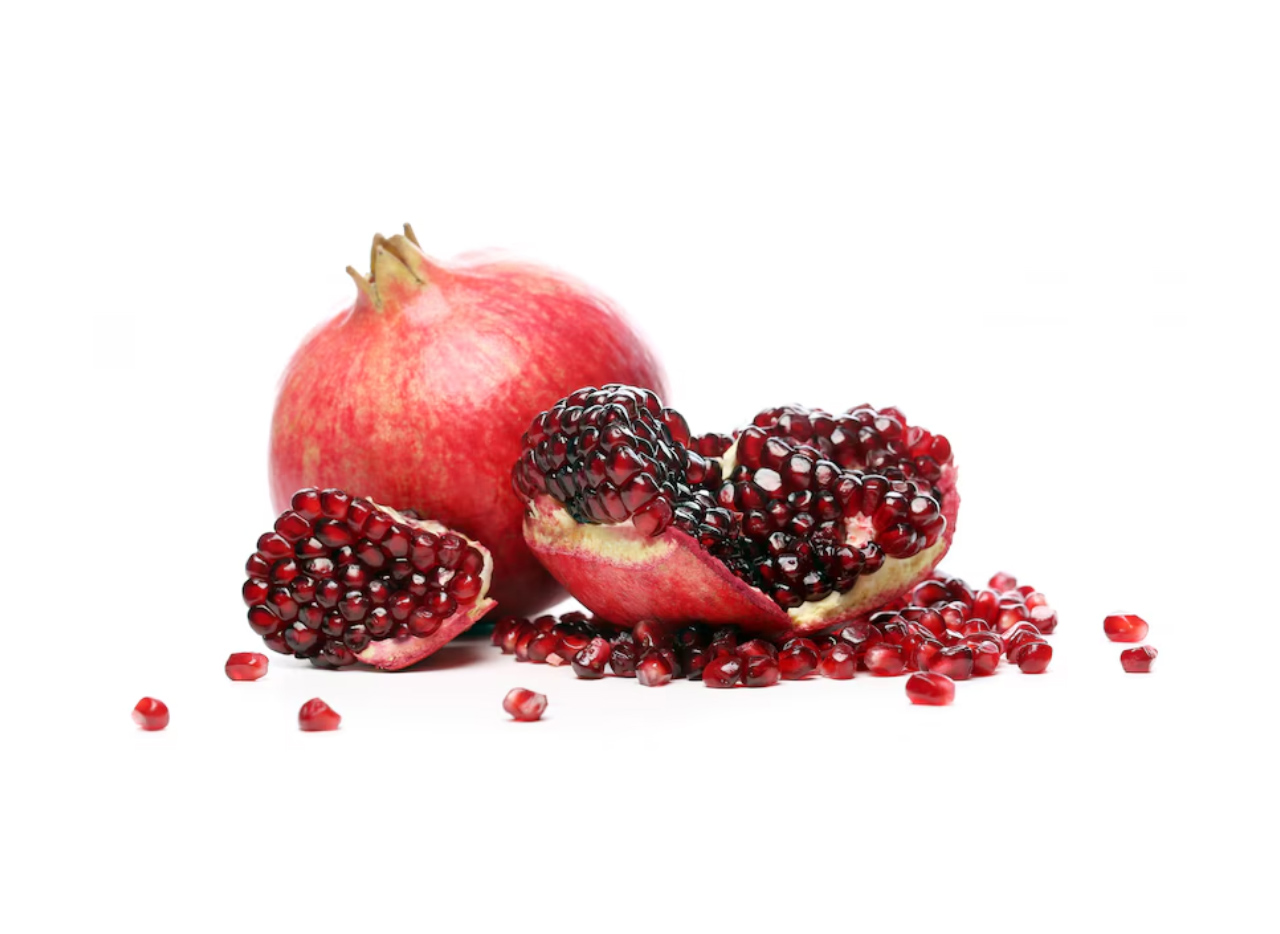There are two basic varieties of cherries, the sweet cherries and the tart cherries. The sweet cherries are excellent for eating out of hand but the tart cherries are far more popular as they are used jellies, jams, and pie and pastry fillings and other flavoring applications.
The best known sweet cherry is the Bing which is larger and much darker colored than the sour cherries, often growing two fruits on a single stem. Cherries were first brought to the western world in the 1600’s. Modern cherry production began in 1852 when cherry trees were planted in Michigan where the moderating effect of Lake Michigan made the climate suitable for maintenance of cherry, and other fruit trees.
Commercially grown cherries are harvested by attaching a tractor mounted clamp to the tree trunk. The tree is carefully shaken to dislodge the ripe fruit and top not injure the tree. The cherries fall onto special sectional and removable platforms from where the cherries are gathered. We are all familiar with the Japanese Cherry Tree Blossoms in Washington D.C.
The Japanese cherry tree produces beautiful blossoms but what little fruit is produced is not fit to eat. One cup of cherries provide 17 mg of sodium, 22g of carbohydrate, 3 g of dietary fiber, 19 g of sugars, and 2 g of protein.






